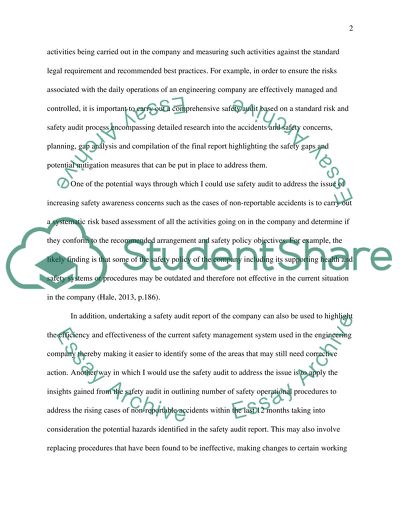Cite this document
(Assignment 2 Example | Topics and Well Written Essays - 2250 words, n.d.)
Assignment 2 Example | Topics and Well Written Essays - 2250 words. Retrieved from https://studentshare.org/engineering-and-construction/2088244-assignment-2
Assignment 2 Example | Topics and Well Written Essays - 2250 words. Retrieved from https://studentshare.org/engineering-and-construction/2088244-assignment-2
(Assignment 2 Example | Topics and Well Written Essays - 2250 Words)
Assignment 2 Example | Topics and Well Written Essays - 2250 Words. https://studentshare.org/engineering-and-construction/2088244-assignment-2.
Assignment 2 Example | Topics and Well Written Essays - 2250 Words. https://studentshare.org/engineering-and-construction/2088244-assignment-2.
“Assignment 2 Example | Topics and Well Written Essays - 2250 Words”. https://studentshare.org/engineering-and-construction/2088244-assignment-2.


